I have a data frame in R that I want to analyse. I want to know how many specific numbers are in a data frame column. for example, I want to know the frequency of number 0.9998558 by using
sum(deviation_multiple_regression_3cell_types_all_spots_all_intersection_genes_exclude_50_10dec_rowSums_not_0_for_moran_scaled[,3]== 0.9998558)
However, it seems that the decimal shown is not the actual one (it must be 0.9998558xxxxx) since the result I got from using the above command is 0 (the correct one should be 3468). How can I access that number without knowing the exact decimal numbers so that I get the correct answer? Please see the screenshot below.
